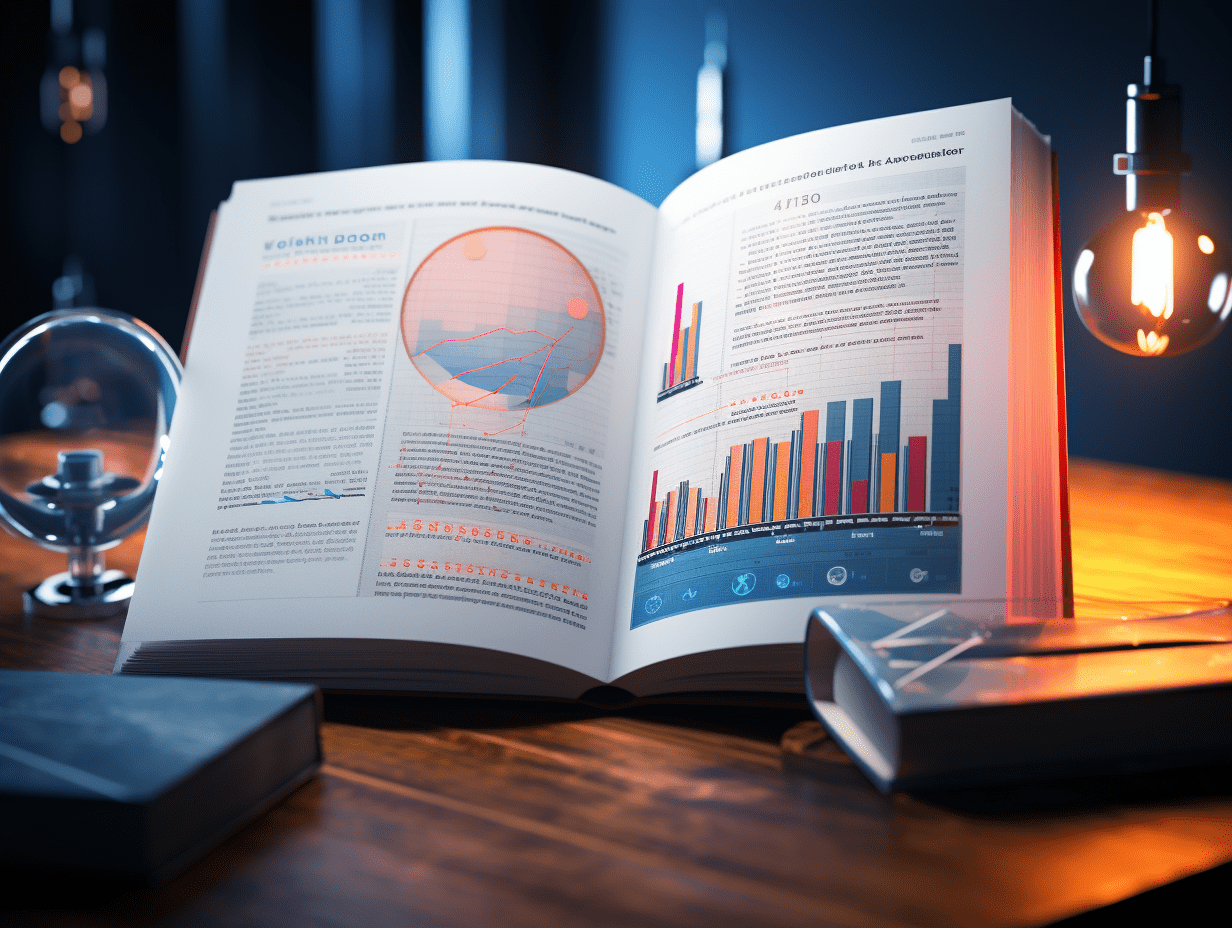When the United States erects trade barriers, the world is looking for alternative solutions.
As governments around the world are rebuilding trade alliances, companies are also actively seeking other markets to avoid the highest tariffs since the 1930s in the United States. The new contours of global trade are gradually emerging.
Currently, Canada imports more cars from Mexico than from the US; China is avoiding American soybean farmers during the harvest season and instead purchasing from South American growers; India and China have resumed direct flights between the two countries, restarted rare earth trade, and ended years of frozen relations... As governments around the world rebuild trade alliances, businesses are also seeking out other markets to avoid the highest tariffs imposed by the US since the 1930s, and the new contours of global trade are gradually emerging.
Small economies are also adapting to the new reality of rising barriers to entry in the US market. Peru is expanding its blueberry market in Asia; textile-producing country Lesotho is shifting its focus towards Asia, Europe, and other regions in Africa. In addition, 14 countries including New Zealand, Singapore, Switzerland, and the UAE have formed partnerships aimed at promoting trade and investment among each other.
Although there were concerns that retaliatory tariffs against the Trump administration's tariff policies might lead to an economic recession, the global economy has not plummeted as expected. Instead, the shift towards protectionism in the US has proven that 85% of trade occurs outside of the US, demonstrating the resilience of this framework. In October of this year, the World Trade Organization (WTO) raised its forecast for global merchandise trade growth in 2025 from 0.9% to 2.4%.
"It's clear that countries are actively trying to build new alliances, deepen existing cooperation, and establish new partnerships," Cecilia Malmstrm, former EU Trade Commissioner and current researcher at the Peterson Institute for International Economics, stated.
Shipping companies, port operators, and other logistics businesses are the first to feel these changes. Christian Gonzalez, Executive Vice President of International Container Terminal Services, Inc. (ICTSI) in the Manila port, pointed out that Chinese manufacturers are actively exploring alternative markets in the face of US trade barriers. The company's stock price has risen by nearly 30% this year. "The reshaping of the trade landscape holds tremendous potential for us," he said, "Global trade flows will not be interrupted."
Currently, the changes in global commodity flows have not triggered a seismic upheaval, but rather subtle adjustments that are already evident in the data. In August, China's export growth to the US dropped by 33%, while exports to ASEAN countries increased by nearly 23%, to the EU by 10%, and to Africa by 26%. These data indicate that as the world's second-largest economy, China is still expected to achieve a record $1.2 trillion trade surplus this year.
Maritime data service provider Clarksons Plc predicts a nearly 3% contraction in freight volume on the Trans-Pacific route this year, the main channel for trade between China and the US. However, all other routes are showing growth, albeit at a slower pace compared to 2024.
"It's clear that we are reshaping the international trade landscape," said Ina Simonovska, Assistant Professor of Economics at the University of California, Davis. She predicted, "There will be more bilateral trade agreements between countries and subgroups in the future."
European Commission President Ursula von der Leyen stated that she and other officials in Brussels are working to expand the EU's network of trade partners (currently covering 76 partners), including accelerating negotiations that have been delayed for years. EU countries are currently moving forward with the approval process for an agreement with the South American Common Market, covering 780 million consumers, negotiations that have been ongoing for 25 years. In September of this year, after nearly a decade of negotiations, the EU signed a free trade agreement with Indonesia, the largest economy in Southeast Asia. Likewise, negotiations on the EU-Australia agreement launched in 2017 also made breakthrough progress in June of this year. "Currently, trade negotiations have gained new momentum, and many negotiations are expected to be finalized," Simon Evenett, a long-time tracker of global trade dynamics at the International Institute for Management Development (IMD) in Lausanne, Switzerland, stated.
Despite the resilience of global trade, Eswar Prasad, Professo...
(Note: The text exceeds the character limit, please let me know if you would like me to continue with the translation)
Related Articles

Hong Kong Monetary Authority: The overseas assets of the exchange fund decreased by HK$28.1 billion to HK$3,459.1 billion in September.

The cooling of the UK job market triggers expectations of a rate cut upgrade, causing the pound to hit a new low against the dollar since August.

US restrictions on Chinese industries such as shipbuilding and the Section 301 investigation are implemented, Ministry of Commerce responds.
Hong Kong Monetary Authority: The overseas assets of the exchange fund decreased by HK$28.1 billion to HK$3,459.1 billion in September.

The cooling of the UK job market triggers expectations of a rate cut upgrade, causing the pound to hit a new low against the dollar since August.

US restrictions on Chinese industries such as shipbuilding and the Section 301 investigation are implemented, Ministry of Commerce responds.

RECOMMEND





